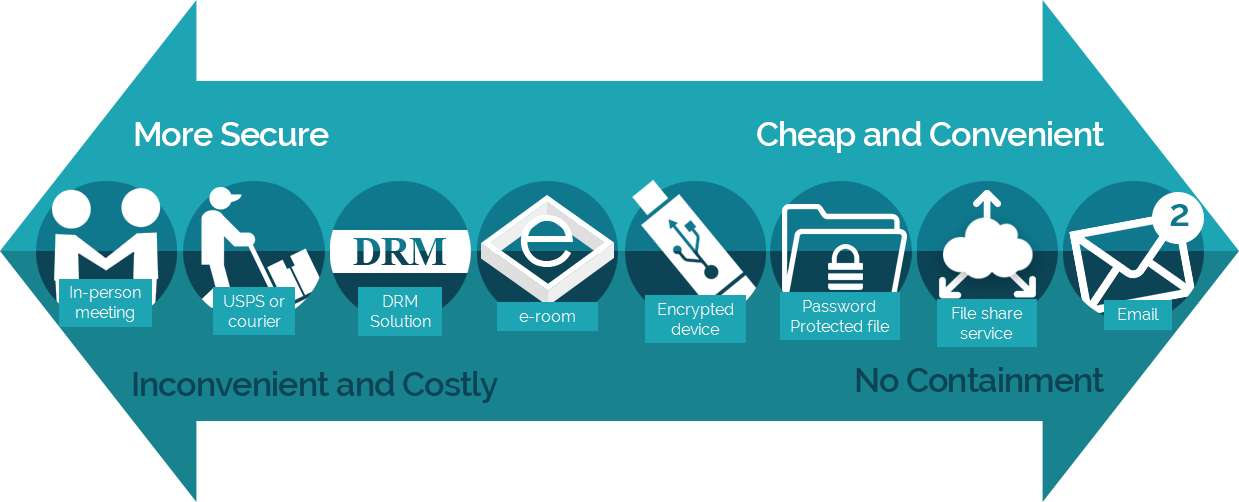Why D.E.S.C?
Security of customer and company data is a major concern in a digital world. But, members of your organization need to share sensitive information with customers and other external parties, and the need to quickly and easily collaborate often overrides security concerns! This exposes your company to reputational damage in the event of a data breach, and could even violate an ethical duty to keep customer information confidential. Thus, members of your organization are limited to a small set of choices for sharing sensitive information, none of which are ideal for security and convenience.
